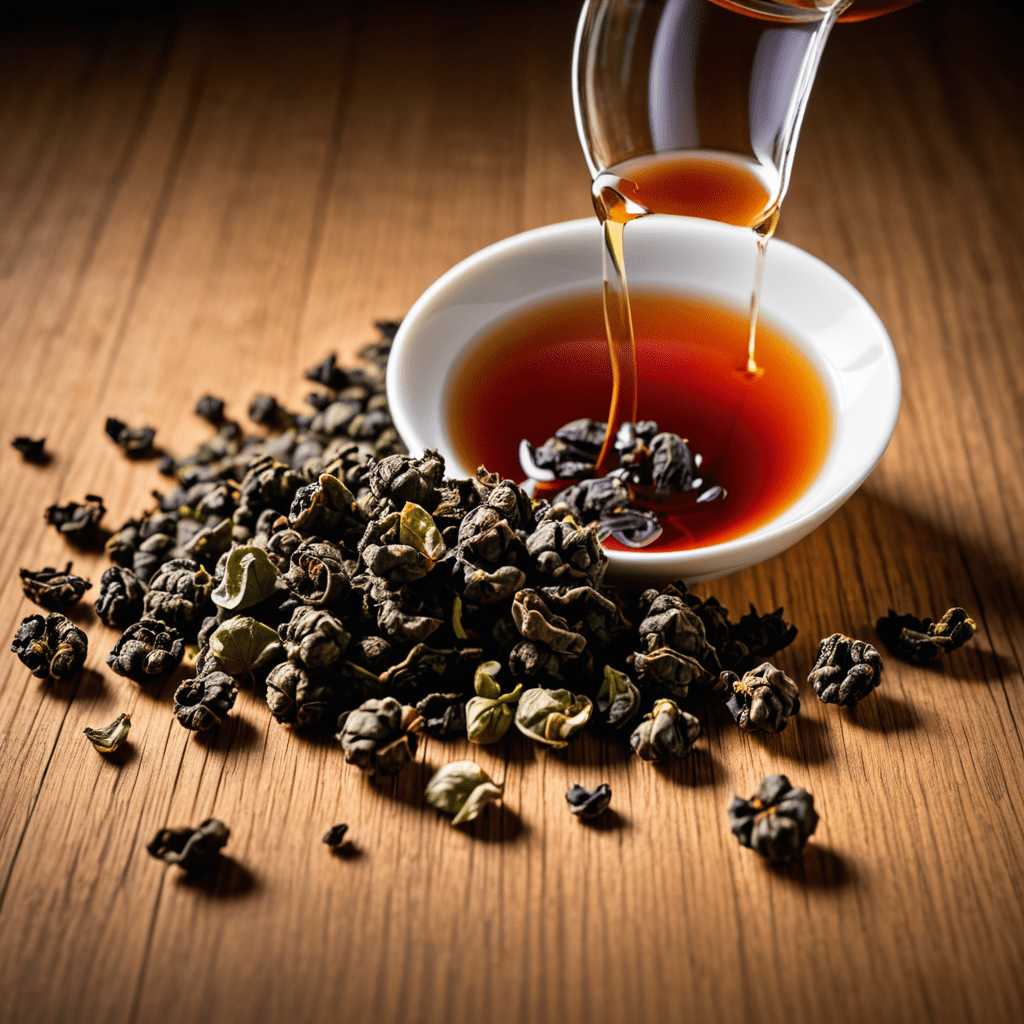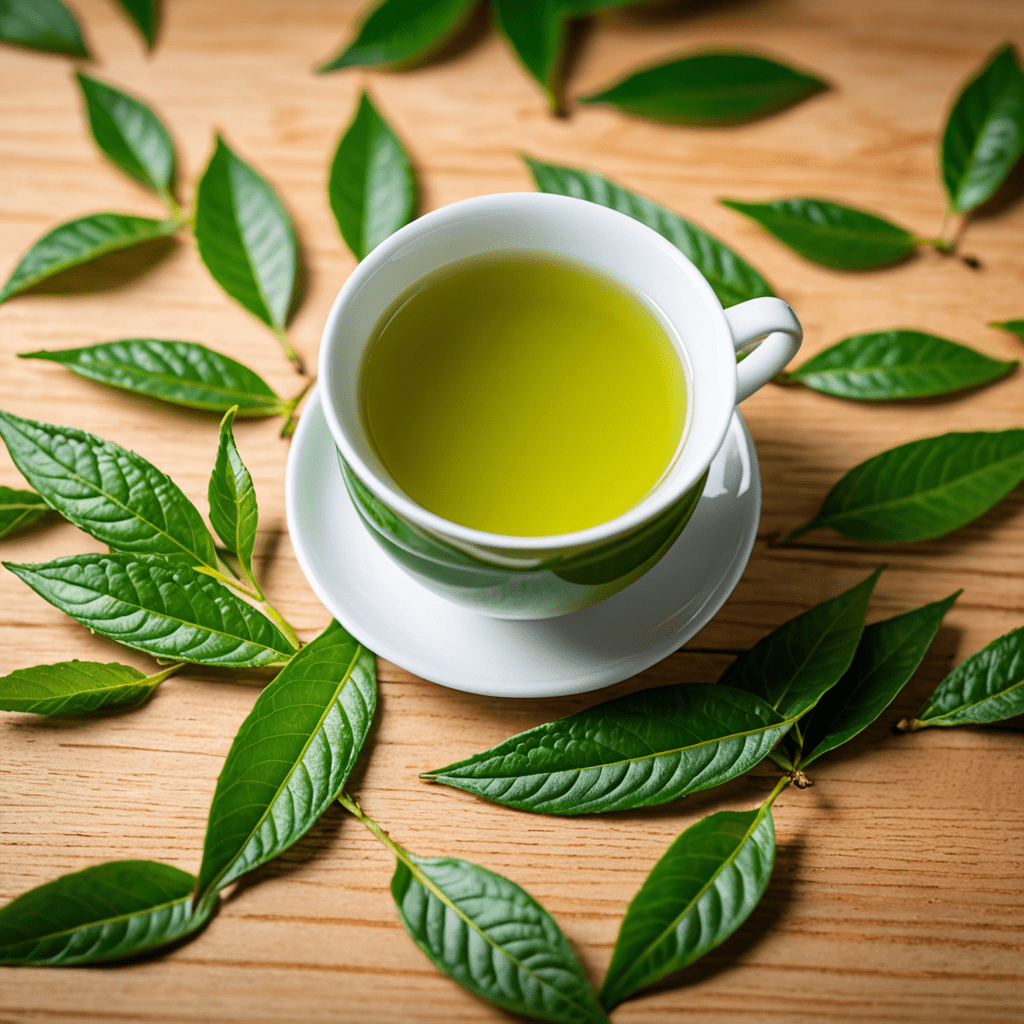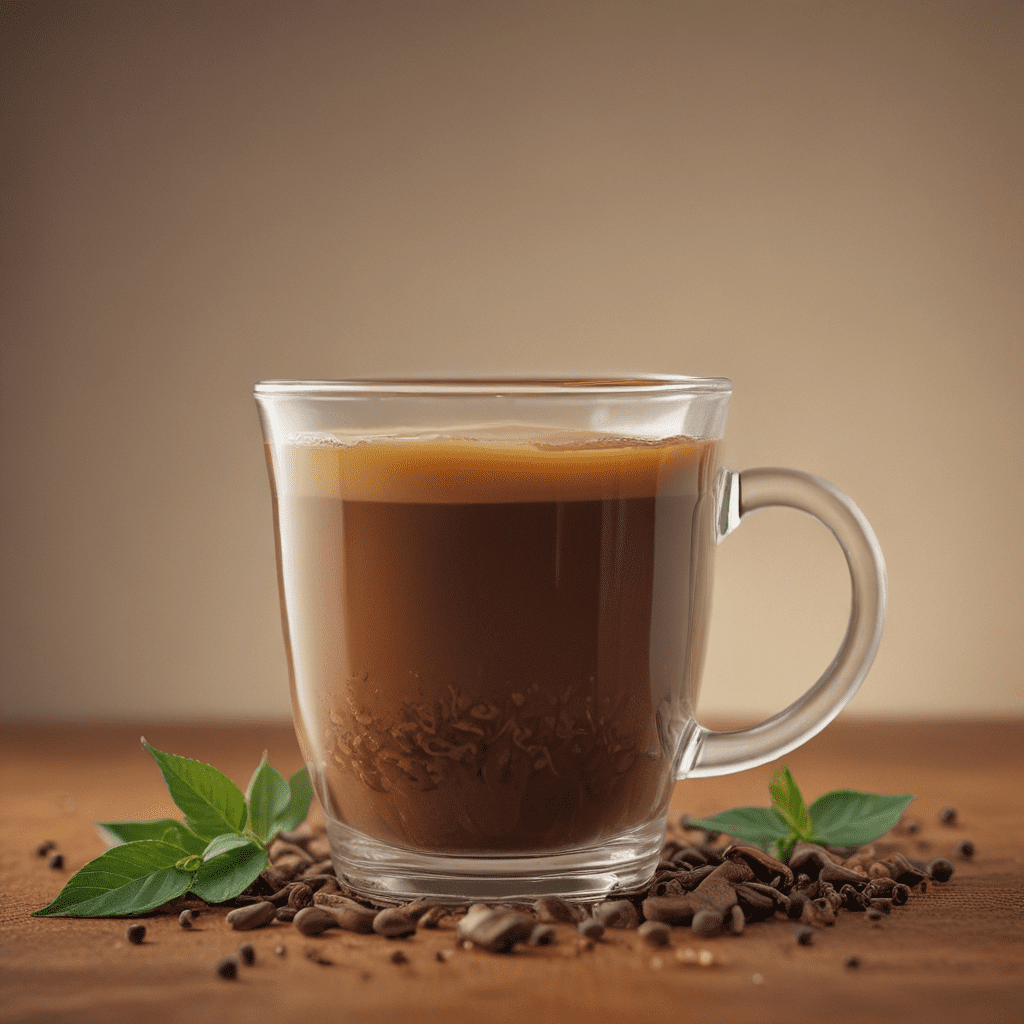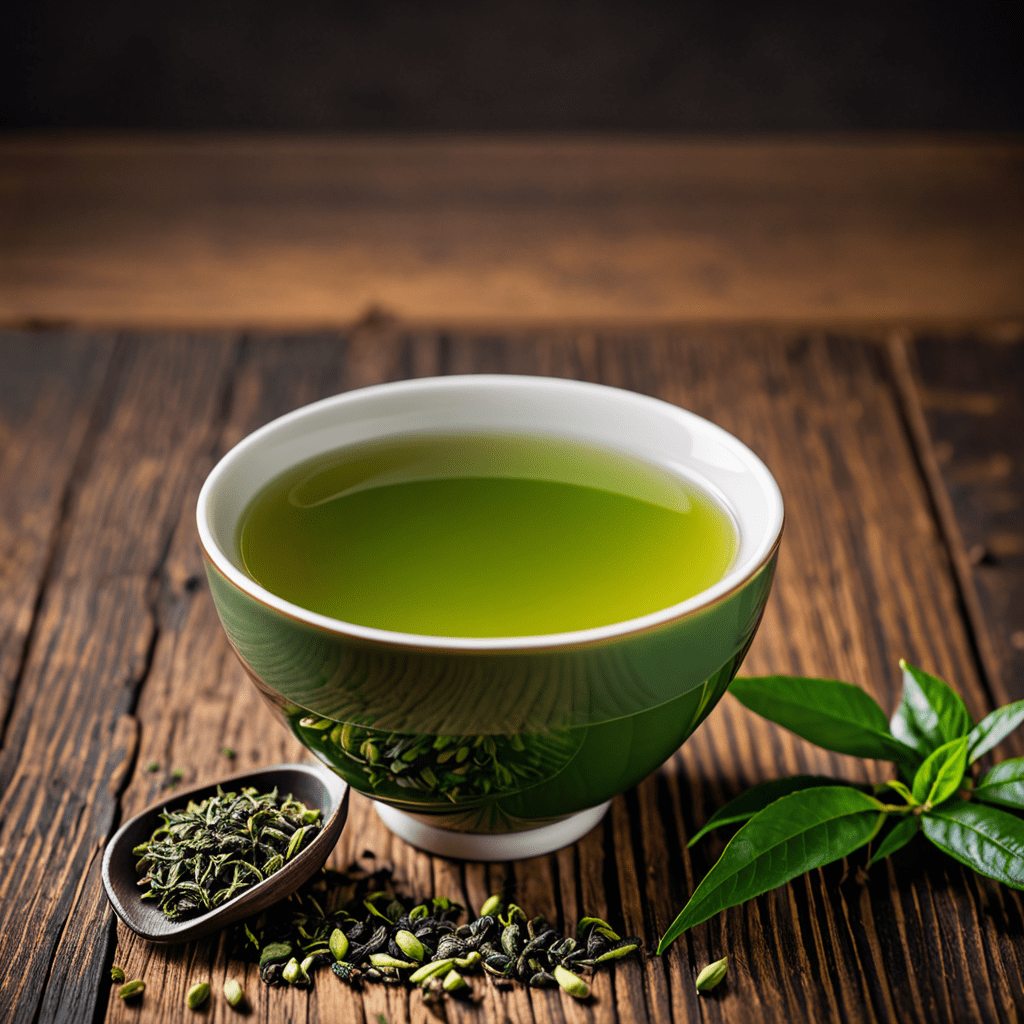Oolong Tea: The Art of Tea Tasting
Oolong tea, often referred to as the connoisseur’s tea, is a traditional Chinese tea that is semi-oxidized, offering a unique balance between green and black teas. Delving into the art of tasting oolong tea can be a delightful experience, as each sip unveils layers of flavor and aroma. Understanding the nuances of oolong tea tasting can elevate your tea-drinking journey to new heights.
The Importance of Tea Tasting
Tea tasting goes beyond a mere appreciation of flavor; it is a sensory journey that allows you to explore the intricacies of oolong tea. By engaging all your senses, you can discern the quality, origin, and processing techniques that contribute to the final cup of tea you savor.
Preparing for Tea Tasting
Before embarking on a tea tasting session, it is essential to create the right ambiance. Use a porcelain or clay teapot to brew the oolong tea, as these materials do not absorb the tea’s aroma. Ensure you have natural light to observe the tea’s color and clarity.
Engaging Your Senses
When you first encounter oolong tea, take a moment to appreciate its dry leaf aroma. The fragrance can vary from floral and fruity to toasty and nutty, offering a preview of the tea’s potential flavors. Next, observe the brewed tea’s color, which can range from pale green to amber, indicating the level of oxidation.
The Art of Sipping
As you take your first sip of oolong tea, let it linger on your palate. Notice the tea’s texture – whether it is smooth, creamy, or astringent. Pay attention to the evolving flavors, from the initial notes to the lingering aftertaste. Oolong teas often unveil multiple layers of flavor that unfold with each sip.
Recognizing Quality
Quality oolong teas exhibit complexity and balance. Look for teas that offer a harmonious blend of floral, fruity, and mineral notes. High-quality oolongs are often hand-picked and meticulously processed, resulting in a refined and captivating tea-drinking experience.
Pairing Oolong Tea
To further enhance your oolong tea tasting experience, consider pairing it with complementary foods. Lightly oxidized oolongs pair well with delicate pastries and fresh fruits, while darker oolongs complement roasted nuts and chocolate desserts. Experiment with different pairings to discover your palate’s preferences.
Continuing Your Tea Journey
Exploring the art of oolong tea tasting is a journey of discovery and indulgence. As you refine your palate and deepen your understanding of oolong tea, you will develop a newfound appreciation for its complexities. Embrace the subtleties of oolong tea and savor the moments of tranquility it brings with each brewed cup.
FAQ about Oolong Tea Tasting
What is oolong tea?
Oolong tea is a traditional Chinese tea that falls between green and black tea in terms of oxidation levels. It offers a wide range of flavors and aromas, making it a favorite among tea enthusiasts.
How is oolong tea taste described?
Oolong tea is known for its diverse taste profiles, ranging from floral and fruity to woody and roasted. The taste can vary depending on the tea’s oxidation level, terroir, and processing techniques.
What is the art of oolong tea tasting?
The art of oolong tea tasting involves using your senses to fully appreciate the tea’s complexities. This includes observing the tea’s appearance, inhaling its aroma, tasting its flavors, and feeling its mouthfeel to understand its unique characteristics.
How can I enhance my oolong tea tasting experience?
To enhance your oolong tea tasting experience, focus on using a high-quality loose leaf oolong tea, pay attention to water temperature and steeping time, and try different brewing methods to unlock the tea’s full potential.



